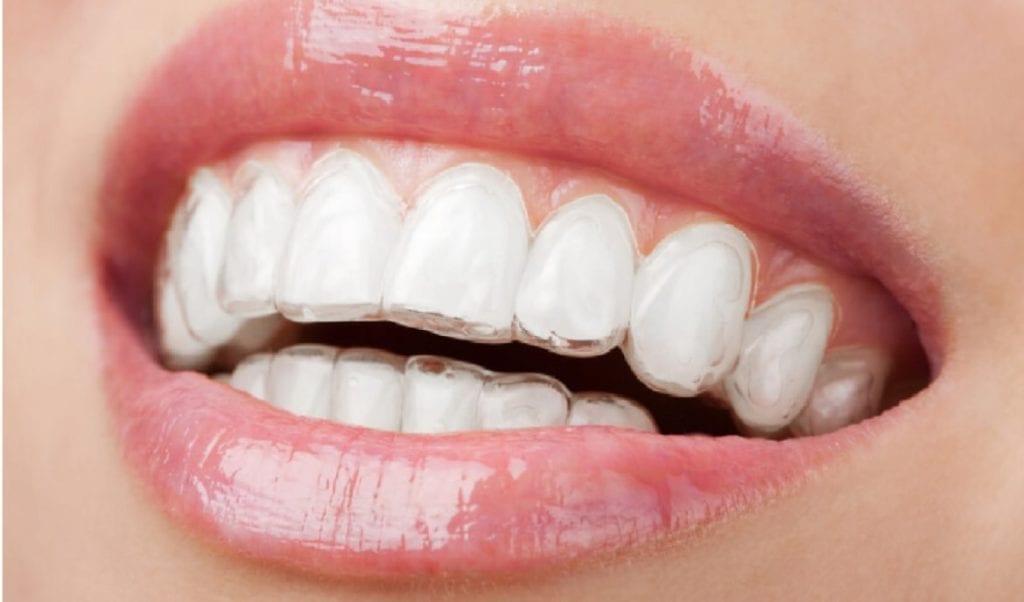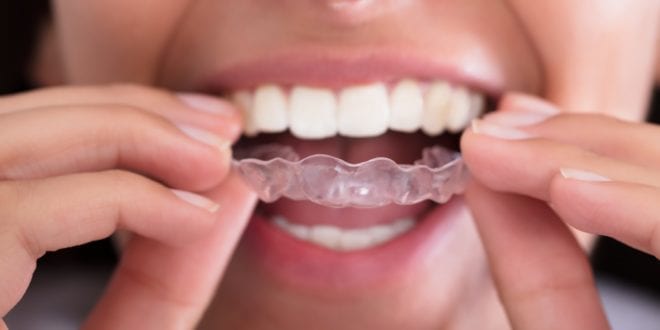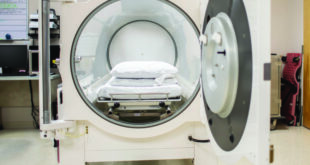Making the decision to straighten out your smile seems like a no-brainer. Who doesn’t want to smile with total confidence? While the choice to get braces seems pretty obvious, there are three factors that always inhibit a person from taking the plunge: aesthetic, time, and cost.
Each of these points can make or break the decision to get braces in general, let alone clear aligners. Traditional braces are thought of as the most economical, and while that is technically true, what they cost out of pocket doesn’t exactly parallel the “life cost” at large.
With traditional braces, you are not only wearing very visible dental work, but you also have to routinely get them adjusted and do thorough aftercare to make sure teeth stay where they were moved.
But with clear aligners, though prices can vary depending on the provider, clear braces overall tend to satisfy those aesthetic, time, and cost factors more thoroughly.
The first factor is a pretty easy problem to solve. Clear aligners are virtually invisible, so there are no unsightly brackets. They slip on over teeth undetected and are work for a good portion of the day and easily removed for mealtimes. No one will be able to tell you are wearing them, so you don’t have to worry about aesthetics.

The process of getting them and treatment time is nearly equally as seamless. Clear braces can vary between providers, but the process is fairly universal. First 3D scans of the teeth (or in some cases “impressions”) are taken, so a personalized treatment plan can be developed.
Medical professionals decide which teeth need to move, how they need to move, and when they should be moved. Aligners are then manufactured and sent either directly to you or to your orthodontist’s office. Patients wear each set of aligners for two weeks at a time, and then they replace them with the next set to keep teeth moving!
When it comes to cost, clear aligners can range from $1,900 to $5,000 plus, but what influences cost has a few variables.
What impacts cost centers around how much actual medical supervision is involved. There are options that offer no doctor office visits, limited (but impactful) doctor involvement, and heavy interactions with medical professionals.
Other things that can impact cost are the complexity of your case and of course if insurance can be involved. If you’re more of a “complex case,” it likely means you have an overcrowded mouth (as 85% of patients often do).
The most basic tier is from providers that do direct-to-consumer models, like Smile Direct Club and Candid Co. Offering no medical supervision and really only focusing on cosmetic shifts of your front “social” teeth, these providers work for people with the least complicated dental health issues.

Typically, direct to consumer models can only treat 5% of cases well. It’s undoubtedly the cheapest, but it is also the most likely to fail because of limited direct doctor involvement.
Insurance options are technically available, which may reduce the out of pocket costs, but without doctor involvement, patients may have to seek further treatment elsewhere.
The second tier is where providers like Dandy sit. Dandy partners with your local dentist to take the initial 3D scans, X-rays, and panoramic images. This is all to ensure that you can be treated safely and effectively by medical professionals.
An orthodontist reviews the scans and develops a treatment plan that is specifically designed for your needs. After everyone is on the same page, you are charged, and trays of clear aligners are made.
All of the clear aligners in your treatment plan are then sent directly to you, cutting down on in-office time (and overall cost). Typically, patients wear them for 22 hours a day but can easily pop them out for meals. It’s extremely important that you change the trays every two weeks to keep teeth moving.
You’ll send those progress photos to the orthodontist, and they’ll make sure everything is progressing on schedule. This keeps the doctor’s privy to your development and makes it easier for them to intervene if necessary. Simple treatment cost starts around $1,900 (or $88 per month) while more complex treatment comes out to around $2,600 (or $122 a month).
Going with these types of providers gives you an opportunity to work with these simple payment plans as well as go through insurance to potentially lower the immediate at-cost price to you.
The third tier belongs exclusively to Invisalign. Their approach is high doctor level involvement, multiple visits during treatment, and, therefore, results in more massive costs to the consumer.

Invisalign can run patients up to $5k-$8k for treatment — while they do offer some insurance options, the repeat visits can rack up some hefty bills and take up your valuable time. Invisalign can get more expensive; the more complex a case is as well.
And while providers that offer medical involvement on this level are effective, they might not be the most approachable economical choice.
Since clear aligner cost is so case dependent, the best thing you can do to control the price is to choose a plan that gives you the most support, best results and has the option of implementing financial aid.
Involving medical professionals allows for insurance rates and financing to be involved, lowering the at-cost amount to the patient anywhere up to $500 less without sacrificing quality care. Plus, it at least ensures that treatment will be effective, cutting out mounting costs of having to correct inadequate work.
So, if you are looking for a cost-effective (and just plain old effective) way to straighten up your smile, consider all of your clear aligner options and be sure to choose what is best for you.
 Imagup General Magazine 2024
Imagup General Magazine 2024



